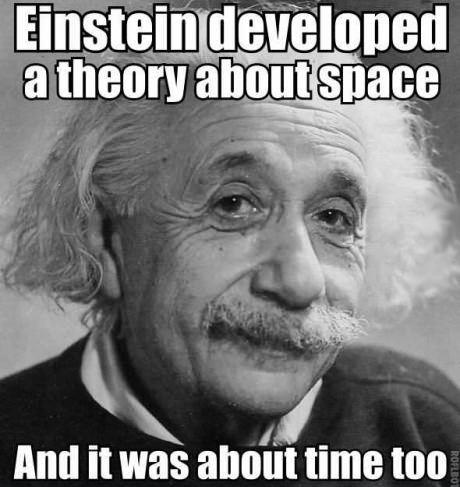Strokes of genius: Here’s how the most creative people get their ideas
.
Where do strokes of genius come from?
Keith Sawyer tells an interesting story about breakthrough ideas in his book, Zig Zag: The Surprising Path to Greater Creativity.
Researcher Vera John-Steiner wanted to know “What nourishes sustained productivity in the lives of creative individuals?“
She interviewed over 70 living creative geniuses and analyzed the notebooks of 50 dead ones (including Tolstoy, Einstein, etc.) to look at their work habits.
She assumed this was going to end up as a review of Eureka! moments in the greatest creative minds.
She even planned to title her book “The Leap” because it would be about those giant flashes of inspiration that led to breakthrough ideas.
But she was completely wrong.
Eureka! moments turned out to be a myth.
There was no inspiration moment where a fully formed answer arrived.
Strokes of genius happened over time.
A great idea comes into the world by drips and drabs, false starts, and rough sketches.
Via Zig Zag: The Surprising Path to Greater Creativity:
Creativity started with the notebooks’ sketches and jottings, and only later resulted in a pure, powerful idea. The one characteristic that all of these creatives shared— whether they were painters, actors, or scientists— was how often they put their early thoughts and inklings out into the world, in sketches, dashed-off phrases and observations, bits of dialogue, and quick prototypes. Instead of arriving in one giant leap, great creations emerged by zigs and zags as their creators engaged over and over again with these externalized images.
She heard it over and over again in the interviews and read it in different forms in every notebook.
Via Zig Zag: The Surprising Path to Greater Creativity:
- Albert Einstein always said he thought in pictures: “Words do not play any role in my thought; instead, I think in signs and images which I can copy and combine.”
- English writer Jessica Mitford engaged in a constant dialogue with her unfolding drafts: “The first thing to do is read over what you have done the day before and rewrite it. And then that gives you a lead into the next thing to do.”
- The painter Ben Shahn described creativity as “the long artistic tug-of-war between idea and image.”
- Poet May Sarton wrote, “The poem teaches us something while we make it; there is nothing dull about revision.”
It was never a clean, linear process.
Via Zig Zag: The Surprising Path to Greater Creativity:
Successful creators engage in an ongoing dialogue with their work. They put what’s in their head on paper long before it’s fully formed, and they watch and listen to what they’ve recorded, zigging and zagging until the right idea emerges.
What can we take away from this?
- Stop expecting inspiration to deliver a finished product.
- Write all your ideas down as early as possible. (It’s no surprise so many of the geniuses kept notebooks.)
- Stop discarding half-baked ideas. Those crappy ideas are the good ideas — they just need work.
- Don’t think your first idea is the right one. And don’t think it’s perfect as-is.
- Give it time. Deadlines don’t make you more creative.
- Wrestle with your ideas. Dissect, combine, add, subtract, turn them upside down and shake them. Get ideas colliding.
Join 45K+ readers. Get a free weekly update via email here.
Related posts:
What good work habits do nearly all geniuses have in common?




